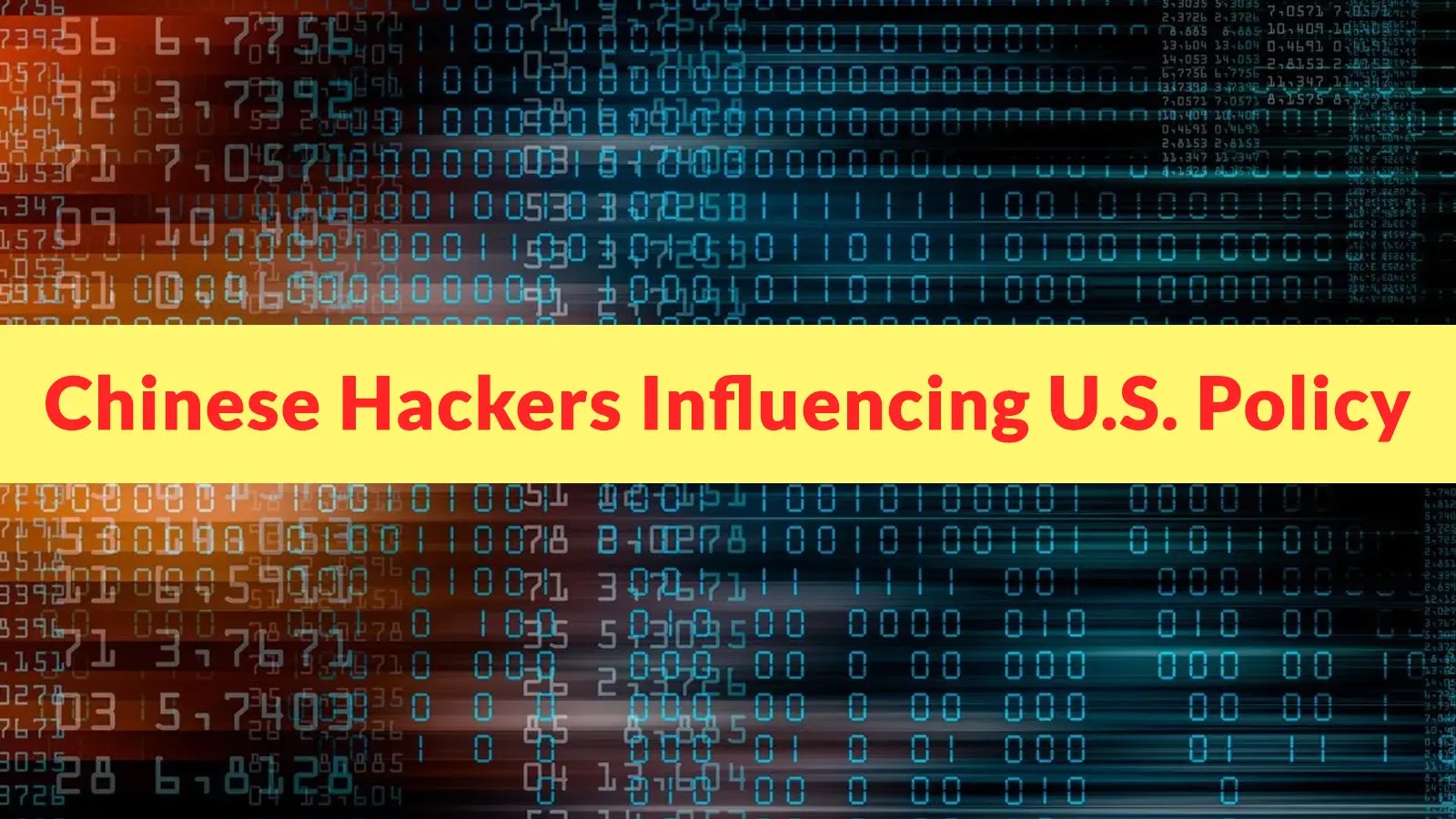Chinese State-Sponsored Hackers Intensify Efforts to Influence U.S. International Policy
In April 2025, a sophisticated cyber intrusion targeting a U.S. non-profit organization underscored the persistent efforts of Chinese state-sponsored hackers to infiltrate institutions that shape American international policy. This incident is part of a broader pattern of cyber espionage aimed at influencing U.S. governmental decision-making processes.
Initial Reconnaissance and Exploitation
The attack commenced on April 5, 2025, with the threat actors conducting extensive vulnerability scans on the organization’s servers. They attempted to exploit several known vulnerabilities, including:
– CVE-2022-26134: An Object-Graph Navigation Language (OGNL) injection vulnerability in Atlassian Confluence, allowing remote code execution.
– CVE-2021-44228: The Log4j vulnerability, enabling attackers to execute arbitrary code on affected systems.
– CVE-2017-9805: A remote code execution flaw in Apache Struts, which can be exploited via crafted XML requests.
– CVE-2017-17562: A remote code execution vulnerability in GoAhead web servers, allowing unauthorized access.
These scanning activities laid the groundwork for subsequent exploitation attempts and network compromise.
Attribution to Chinese Threat Groups
Symantec security analysts identified multiple tactical indicators linking this campaign to established Chinese threat groups, including:
– Space Pirates: A group known for targeting aerospace and defense sectors.
– Kelp (Salt Typhoon): Recognized for persistent cyber espionage activities against various industries.
– Earth Longzhi: A subgroup of the notorious APT41 collective, involved in both state-sponsored espionage and financially motivated cybercrimes.
The forensic evidence pointed directly to China-based attribution through several distinctive attack methodologies.
Advanced Persistence Mechanisms
The attackers employed sophisticated techniques to maintain long-term access to the compromised network:
– DLL Sideloading: They utilized a legitimate VipreAV component named `vetysafe.exe` to execute a malicious payload `sbamres.dll`. This method exploits Windows’ dynamic library search order, allowing malicious code to be loaded and executed by trusted applications.
– Scheduled Tasks: A scheduled task was created to run every 60 minutes with SYSTEM privileges, executing `msbuild.exe` to load an unknown XML configuration file containing injected code. This code established communication with a command-and-control server at `hxxp://38.180.83[.]166/6CDF0FC26CDF0FC2`.
These techniques enabled the attackers to maintain persistent access while evading traditional security detection mechanisms, demonstrating evolving capabilities in targeting U.S. policy institutions.
Broader Implications and Historical Context
This incident is not isolated but part of a series of cyber espionage activities by Chinese state-sponsored groups targeting U.S. institutions:
– TA415 (APT41): In recent campaigns, this group leveraged legitimate cloud services like Google Sheets and Google Calendar for command and control communications, targeting U.S. government, think tanks, and academic organizations. ([cybersecuritynews.com](https://cybersecuritynews.com/china-aligned-ta415-hackers-uses-google-sheets/?utm_source=openai))
– Salt Typhoon: This group infiltrated a U.S. state’s Army National Guard network for nearly ten months, exfiltrating sensitive information, including geographic location maps and personal data of service members. ([cybersecuritynews.com](https://cybersecuritynews.com/chinese-salt-typhoon-hackers-hijacked-us-national/?utm_source=openai))
– APT27 (Emissary Panda): Indicted for cyberattacks on the U.S. Treasury Department, this group conducted extensive operations targeting various sectors, including religious organizations and media outlets. ([cybersecuritynews.com](https://cybersecuritynews.com/12-chinese-hackers-charged/?utm_source=openai))
These activities highlight a concerted effort by Chinese state-sponsored actors to infiltrate and influence U.S. institutions involved in international policy and critical infrastructure.
Mitigation Strategies
To counter such sophisticated threats, organizations should implement comprehensive cybersecurity measures:
– Regular Patching: Ensure all systems are updated to address known vulnerabilities promptly.
– Network Segmentation: Limit access to sensitive information by segmenting networks and implementing strict access controls.
– Advanced Threat Detection: Deploy intrusion detection and prevention systems capable of identifying and mitigating advanced persistent threats.
– Employee Training: Conduct regular cybersecurity awareness training to recognize phishing attempts and other social engineering tactics.
By adopting these strategies, organizations can enhance their resilience against state-sponsored cyber espionage activities.



